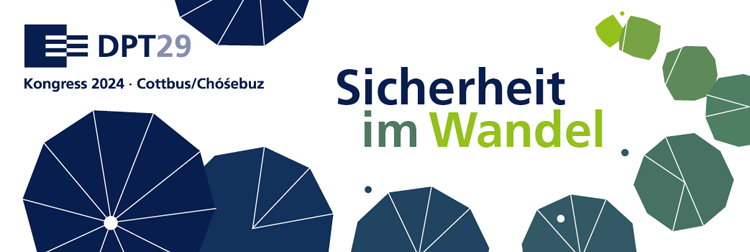Ethical Issues of Prevention
Patricia M. Martin
Circuit Court of Cook County
Current evaluation findings regarding the Juvenile Justice Reform in the US are showing impressive results - how high is the risk that instruments are utilized inaccurate and/or personnel is not sufficiently qualified to use them? Does this then direct the primary focus on the risk potential of young people with corresponding negative predictions?The comprehensive networking is used to cooperate more effectively and to shorten proceedings significantly. In doing so, how high is the risk of a constant categorization and labelling of young people, difficult for them to ever be freed of? Wouldn’t it be better to reach the goal of developing an individual personality and its social integration trough a design of strengths and competences to buffer disadvantages? Otherwise insufficient data exchange causes high error rates regarding effective intervention planning and leds to disproportionate contacts of minorities with the jvenile justice system. Starting points for Interventions are often not until a young person is already labeled of improper behavior or ineducable. Often the effects of good interventions decline due to a lack of sufficient transition management and reintegration procedures. Would thereby the chances of young people for a successful integration unjustifiable hindered and failures attributed to the individual instead to malfunctioning societal structures?
| Extract from the book (English, PDF) |


